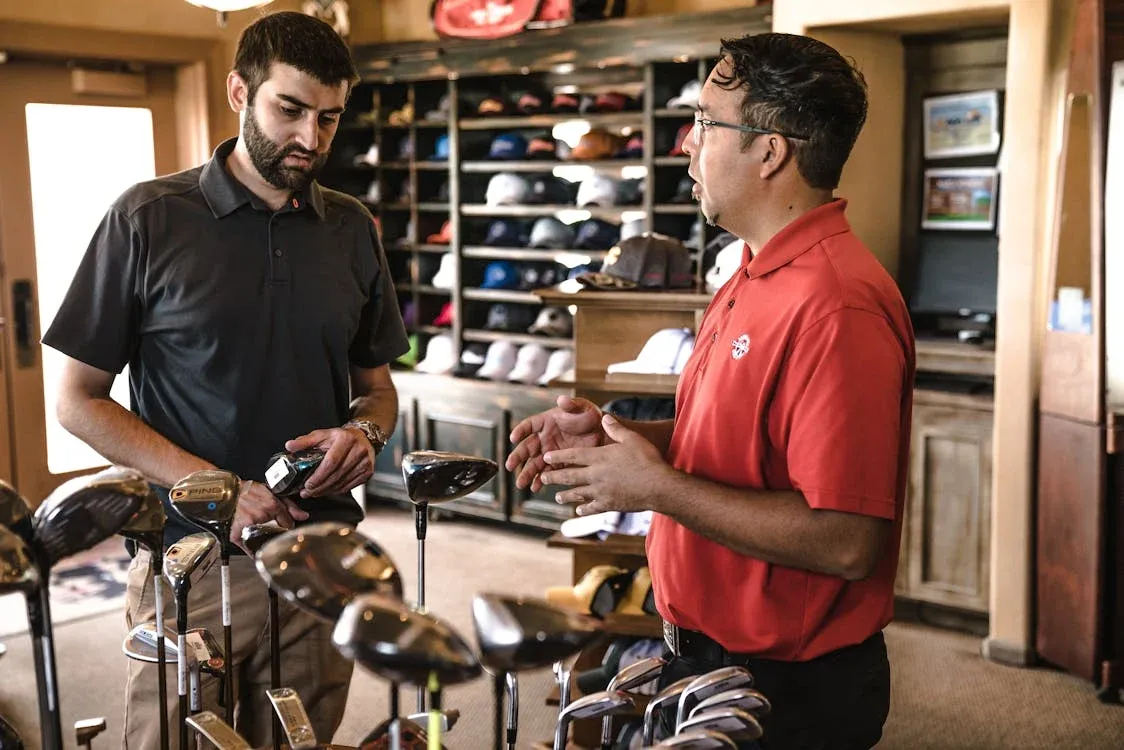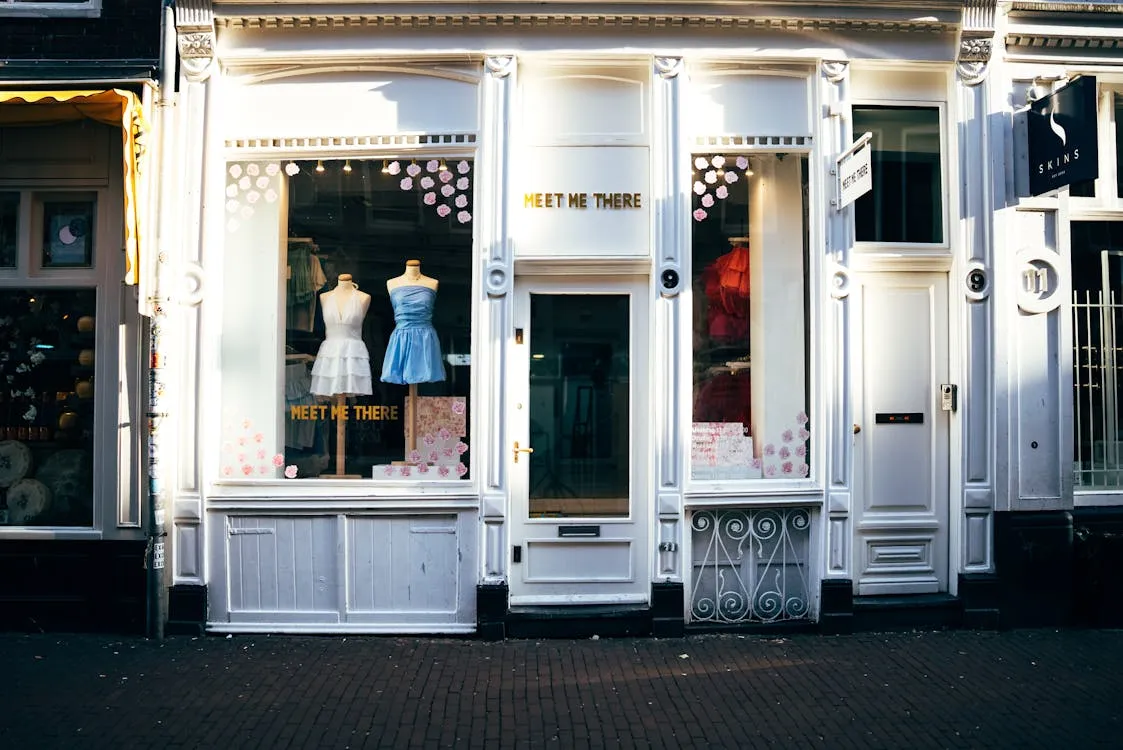
Shops that grow revenue rarely rely on guesswork. They set a clear layout, track how people move, and adjust weekly. Small layout shifts can shorten decision time, increase basket size, and raise margin on promoted ranges.
For busy owners, the question is how to turn design into reliable sales gains. Teams like Revolution Retail translate sales goals into fixtures, sightlines, and planograms that staff can run. The aim is simple, more people find what they want, spend more, and return sooner.

Track a short set of store measures that link fit-out changes to sell-through and margin. Start with conversion rate, units per transaction, and average transaction value, then add gross margin and return on inventory.
Use heat maps and short intercept surveys to learn where people pause, backtrack, or miss categories.
Run A/B tests on end caps, checkout queuing, and power wall displays, using matched control stores for a fair read. Measure shelf velocity by facing and by price tier so teams quickly spot winners and items that stall.
Track attachment rate for planned bundles, then move the slow add-on to a more visible home. Log markdown percentage and recovery time after display refresh, since weak presentation hides true demand.
Review results weekly, post simple visuals in the back room, and keep a change log so each store avoids repeat mistakes.
Your floor plan should do three jobs. It must guide first-time visitors, present growing categories early, and protect high-margin space. Use clear zones with intuitive pathways, and keep ends of aisles visible from the entrance.
Help the eye make fast choices with simple rules:
Avoid clutter that slows carts and strollers. Wider aisles feel welcoming and reduce bottlenecks during peaks. Use mirrors sparingly and keep corners bright, since dark pockets push people away from full price items.
Fixtures should work hard without looking busy. Favour modular units that reconfigure in minutes, not hours. Straight runs keep costs down while cube inserts, risers, and shelf talkers add interest cheaply. Test small runs before committing capital across the store network.
Tie feature bays to weekly campaigns and seasonal baskets. Back the story with clear pricing, a simple comparison, and one trade-up option.
If your team needs a reference, the Small Business Administration explains common retail layouts and traffic flow basics that support buying decisions, and it is a helpful primer for coaching staff. Rotate featured stock often, then retire props quickly so the area never feels stale.
Light tells shoppers where to look and how to feel about product quality and price. Use bright, even ambient light for navigation, then add accent spots that create contrast on feature tables and mannequins.
Aim for warm colour temperatures for apparel and beauty, and cooler tones for tech, pharmacy, and packaged goods. Choose high colour rendering index fittings so fabrics, skin tones, and food look true, not dull or tinted.
Keep glare off screens and glass with diffusers, baffles, and careful aiming that protects sightlines and signage. Use programmable scenes for morning, peak, and late trading, and dim back areas without hurting safety checks.
Sync window lighting with daylight to avoid silhouettes, and refresh window aims every week to keep drawing strong. Add clear colour cues on signage for price tiers and new arrivals, then test sales lift after changes.
Sales suffer when fitouts drag on. Lock the program early, with phased zones and night installs where trading rules allow. Protect the front of house by staging materials off-site and using quick-connect systems that cut noise. Short, well-planned shifts reduce dust, returns, and staff fatigue.
Compliance saves money before it saves time. Check permits, fire egress, and accessible routes during design, not after.
Many governments publish practical fitout guides with checklists for safety, accessibility, and signage, which help teams avoid late changes and fines. Hand over with a snag list, a maintenance plan, and a photo playbook so stores replicate best practices quickly.
Display without a pricing plan leaves margin on the table. Use good, better, best ladders within each category and sign the value gaps clearly. People buy the middle when they see the trade-up, so present the premium option cleanly with a small experience hook.
Design the last meter of the path to purchase with intent. Place small complements near the counter, with tidy bins and clean tags.
Coach staff to suggest one add-on tied to use, not a random line. Track attachment rate weekly and refresh the add-on set whenever the number stalls.
Great design fails when fixtures drift and signage dates out. Build a simple monthly walk checklist that any manager can run. Include photo standards for each bay, fixture spacing, and ticket placement. Five photos per zone tell the truth faster than a long email.
Train one floor lead on basic planogram resets and minor repairs. Keep spare clips, ticket frames, and risers in a labelled tub. Saturday staff should find every piece they need within a minute. The fewer blockers they face, the more time they spend moving product into carts.

Pick one area to fix before the weekend. Rezone the first three meters with your best sellers, strong margin items, and one add-on. Update price tickets, adjust lighting, and capture photos as new standards.
Track conversion rate and average transaction value for two weeks, then repeat the process in the next zone.
A practical shopfitting plan blends clear targets, smart layout, hard-working fixtures, and tight execution. Start small, measure weekly, and scale what moves the numbers.
Partners who build to a sales brief help teams turn design choices into daily store habits that raise revenue with less guesswork.
Shopfitting directly impacts sales by guiding customer flow, highlighting high-margin products, and creating an inviting atmosphere. A well-designed layout can shorten decision times, increase basket size, and encourage repeat visits, all contributing to higher revenue.
You should focus on conversion rate, units per transaction, and average transaction value. Additionally, tracking gross margin and return on inventory will give you a comprehensive view of how your shopfitting efforts are affecting profitability.
Lighting is incredibly important, as it directs your customers' attention and influences their perception of product quality and price. Use bright ambient light for general navigation and accent spots to highlight specific products or displays, ensuring colours appear true to life.
Absolutely! By strategically placing impulse add-ons within arm's reach of their main categories and designing the checkout area with small, complementary items, you can significantly boost impulse buys. Training your staff to suggest one relevant add-on also makes a big difference.
To keep your design working, establish a simple monthly checklist for managers to follow, including photo standards for each bay. Train a floor lead on basic planogram resets and minor repairs, and keep spare parts readily available. This helps maintain the integrity of your shop's appearance and functionality.